Rising Demand for Renewable Energy
The increasing demand for renewable energy sources in China is a pivotal driver for the solar inverter market. As the nation aims to reduce its carbon footprint, the transition towards solar energy has gained momentum. In 2025, renewable energy accounted for approximately 30% of China's total energy consumption, with solar energy playing a significant role. This shift is further supported by public awareness of environmental issues. It also highlights the need for sustainable energy solutions. Consequently, the solar inverter market is experiencing heightened demand as more residential and commercial entities invest in solar installations. The growth in solar capacity is expected to propel the market, as solar inverters are essential for converting solar energy into usable electricity, thereby facilitating the broader adoption of solar technology.
Declining Costs of Solar Technology
The declining costs of solar technology are a vital factor driving growth in the solar inverter market. Over the past few years, the prices of solar panels and inverters have decreased significantly, making solar energy more accessible to a broader audience. In 2025, the cost of solar inverters in China has dropped by approximately 30% compared to previous years, which has encouraged both residential and commercial investments in solar energy systems. This trend is likely to continue as manufacturing processes improve and economies of scale are realized. As the cost of solar technology continues to decline, the solar inverter market is expected to expand, as more consumers and businesses recognize the financial benefits of investing in solar energy.
Government Incentives and Subsidies
Government incentives and subsidies play a crucial role in shaping the solar inverter market. In China, various policies have been implemented to promote solar energy adoption, including financial incentives for solar installations. In 2025, the government allocated approximately $10 billion towards renewable energy subsidies, which directly benefits the solar inverter market. These incentives lower the initial investment barrier for consumers and businesses, encouraging them to adopt solar technology. Furthermore, the government's commitment to achieving carbon neutrality by 2060 reinforces the importance of solar energy in the national energy strategy. As a result, the solar inverter market is likely to experience sustained growth, driven by favorable government policies that support the transition to renewable energy.
Increasing Urbanization and Energy Demand
The rapid urbanization in China is a significant driver for the solar inverter market. As urban populations continue to grow, the demand for energy is escalating, leading to a greater reliance on renewable energy sources. In 2025, urban areas accounted for over 60% of China's total energy consumption, with solar energy emerging as a viable solution to meet this rising demand. The integration of solar energy systems in urban infrastructure, such as residential buildings and commercial complexes, is becoming increasingly common. This trend not only addresses energy needs but also contributes to reducing urban pollution levels. Consequently, the solar inverter market is poised for growth as more urban developments incorporate solar technology to enhance energy efficiency and sustainability.
Technological Advancements in Inverter Efficiency
Technological advancements in inverter efficiency are significantly influencing the solar inverter market. Innovations in inverter technology, such as the development of string inverters and microinverters, have enhanced energy conversion rates, making solar installations more efficient. In 2025, the average efficiency of solar inverters in China reached around 98%, which is a notable improvement from previous years. These advancements not only optimize energy output but also reduce the overall cost of solar energy systems. As efficiency continues to improve, the attractiveness of solar energy increases, leading to greater adoption rates among consumers and businesses alike. This trend is likely to sustain the growth of the solar inverter market, as higher efficiency translates to better returns on investment for solar energy systems.


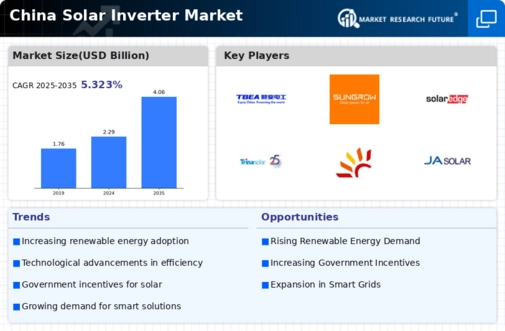
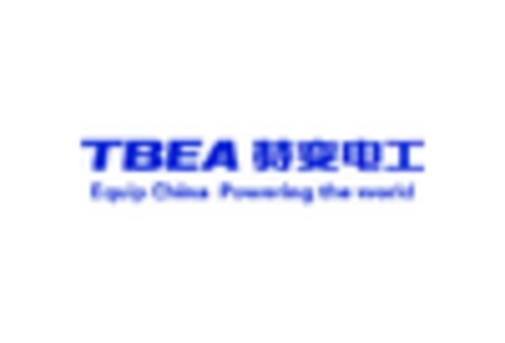
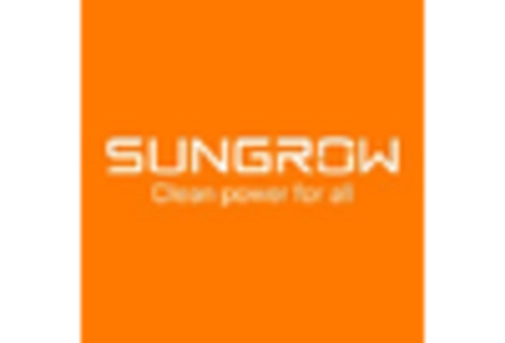
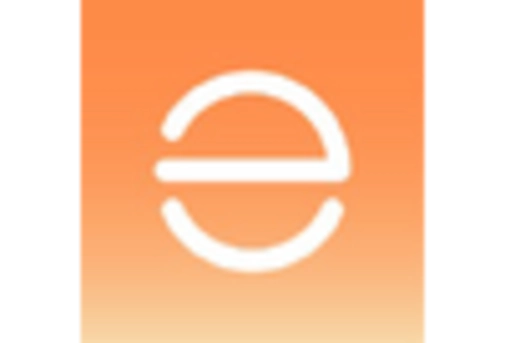
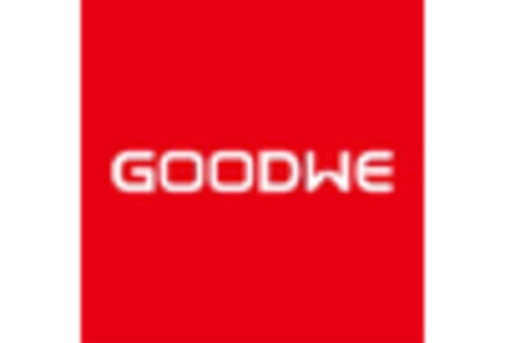
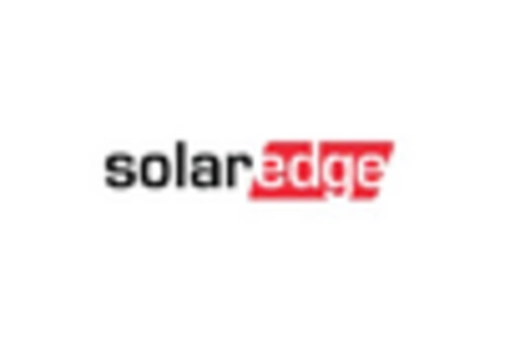
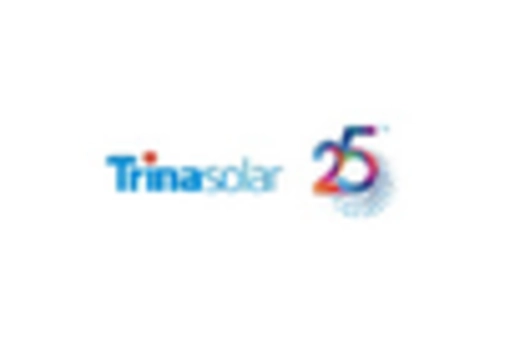
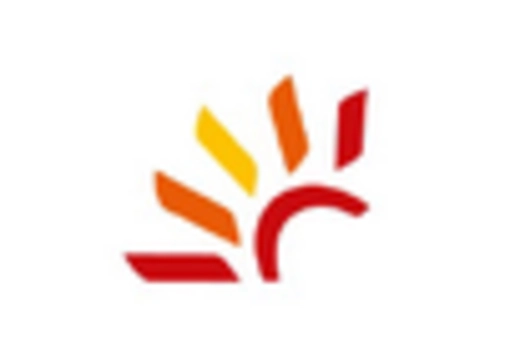
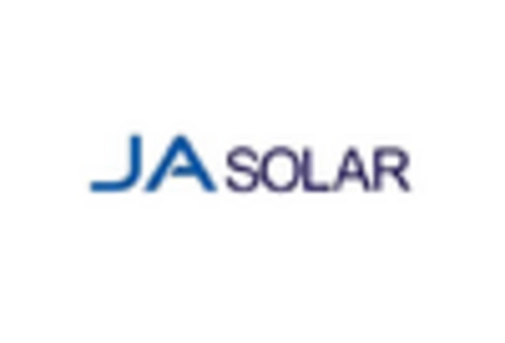
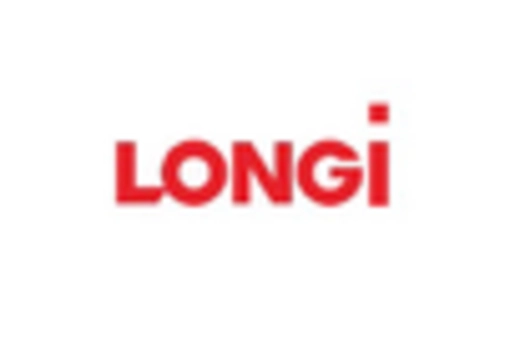
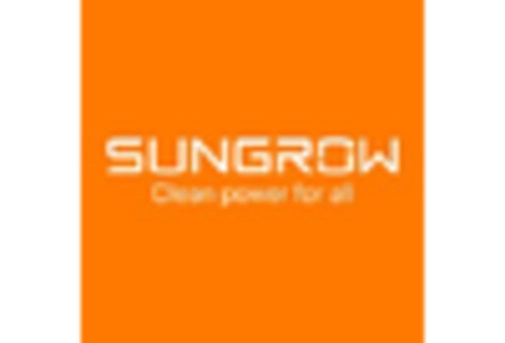








Leave a Comment